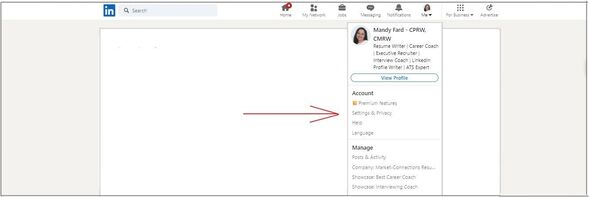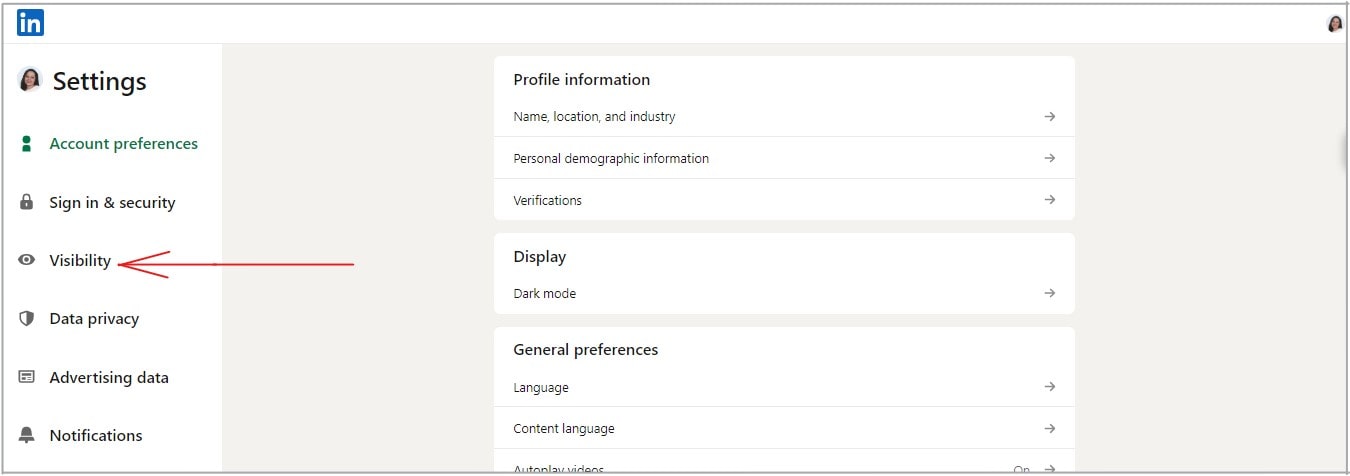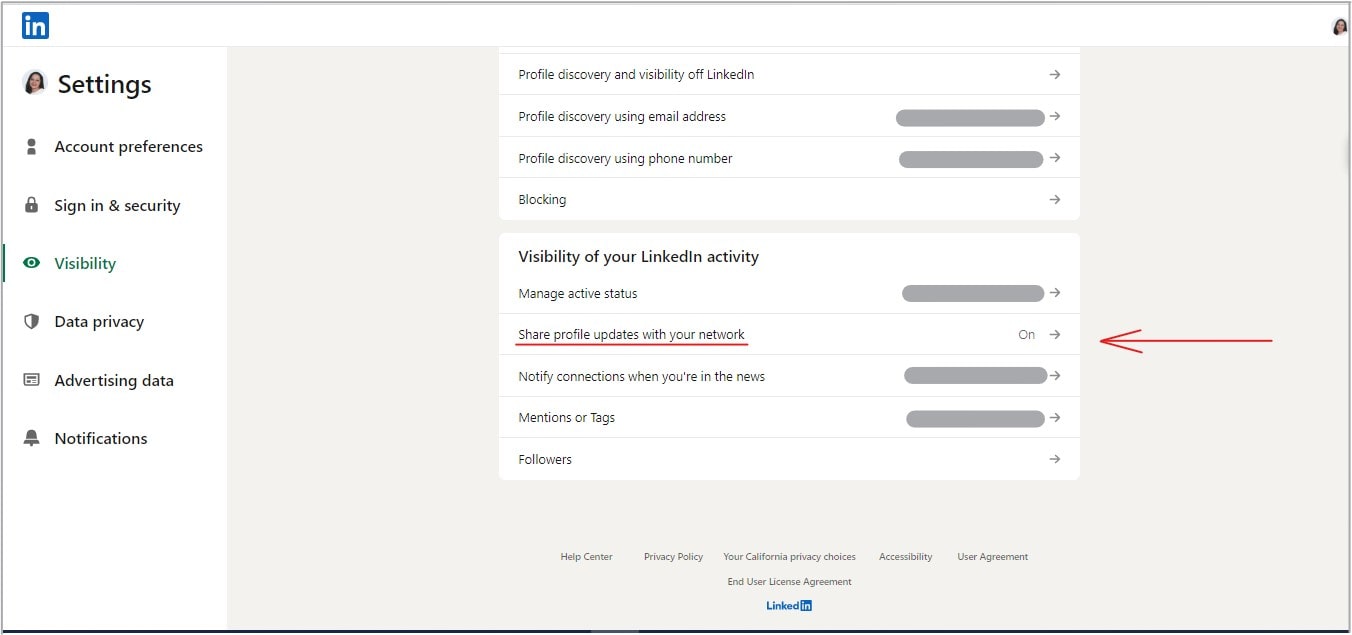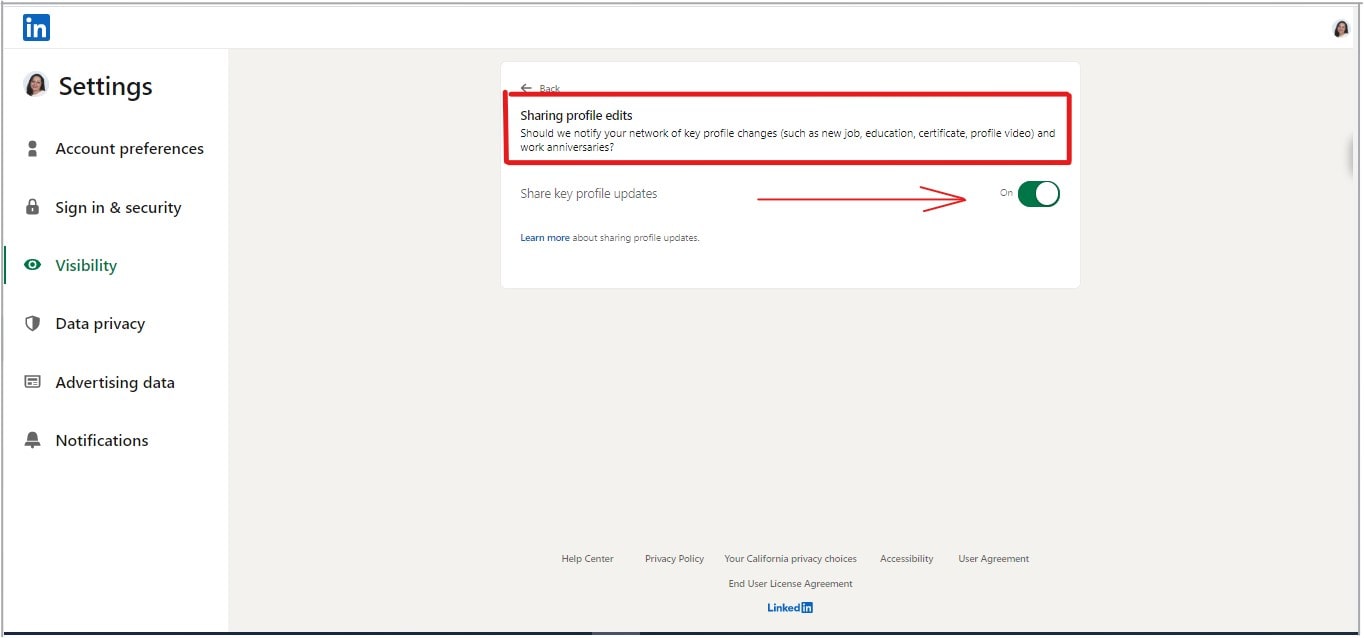Network Your Way to Your Next Job
Network Your Way to Your Next Job
As per Jobvite’s 2022 Job Seeker Nation Survey, a majority of job seekers (46%) discover job openings through their friends and acquaintances, while professional connections (25%) also play a crucial role in the job search process.
Research consistently identifies networking as an important job search tool — anywhere from 40-80% of job placements are attributed to networking. When networking, it’s also important to also learn how to access the hidden job market. The “hidden job market” refers to jobs that are not advertised publicly. These positions may be filled through employee referrals, recruiters, or direct contact with hiring managers through networking.) With the right experience and credentials to meet a company’s need, you may even have a job created just for you.
It happens all the time. Someone in your network says, “You know what? You should talk to John Jones at the XYZ Company. They’re looking for someone like you.”
This guide will help you identify who is in your network and how to use these connections to find your next job.
Build Your Network Before You Need It
As author Harvey Mackey says, “Dig your well before you’re thirsty.” Develop your contacts, be willing to help these folks with their needs, and they will be there when you need them!
The more people who know you are looking for a job, the more eyes and ears that will be available to help. Networking is about getting the people you already know to help connect you to the people who will help you land your next career opportunity.
Figure out how to revive your personal network. Next, tap into your network for specific assistance. For example, if you want to work at a particular company, ask people in your network if they know anyone who currently works for — or used to work for — “Company X.” Then contact that person and ask about the company, culture, and hiring practices.
Who Is in Your Network
If you don’t already have a list, start one! Make a list of all of your contacts — past employers, vendors, customers, colleagues, competitors, and other people you know. You never know who may have a great lead or know of an unadvertised opportunity.
Then, expand that list. Here are some ideas for other people to add to your network.
Personal Contacts:
• Friends
• Relatives
• Parents of children’s friends
• Parents of your friends
• Relatives of friends
• Club members (country club, swim club, sports club)
• Associations
• Military service personnel
• Sorority/fraternity
• Cousins
• Neighbors
• Sports team members
Business Contacts:
• Current co-workers
• Previous co-workers
• Previous managers
• Consultants
• Vendors and suppliers
• Retirees
• Seminar, conference, and workshop attendees
• Business owners
• Competitors
• Clients/customers
• Venture capitalists
• Members of industry associations
• Contacts you make at conventions and job fairs
Third-Party Contacts:
• Accountants
• Doctors
• Real estate brokers
• Financial advisors and bankers
• Attorneys
• Dentists
• Mortgage bankers/brokers
• Insurance agents
• Travel agents
Educational Contacts:
• Elementary, middle, and high school friends and teachers
• College classmates and friends
• Alumni association contacts
• Graduate school classmates
• Other alumni of your schools
• University career-placement office staff
• Former professors and advisors
Community Contacts:
• Civic and political leaders
• Librarians
• Clergy/ministers
• Chambers of Commerce
• Community groups (Kiwanis, Rotary, Scouts)
• People you meet while volunteering
• Health club members
Assemble the contact information for these individuals and add them to your list.
You can also brainstorm contacts you need to make. Write your desired job target at the top of a piece of paper. Then, make a list of potential employers on the left side of the page. On the right side of the page, make a list of people you know who can connect you with these companies.
Potential Employers
|
People Who May Connect You
|
|
|
|
|
|
- Attend networking events (for example, those hosted by your professional organization, Chamber of Commerce, Meetups, and tips groups). Attend association meetings and take advantage of educational opportunities.
- Work as a volunteer. For example, in your industry association, the Membership Committee is a great place to start. The Program Committee (that plans events) or the committee that helps line up event sponsors can also be good choices. Getting involved in any organization is beneficial. Volunteering is one of the best ways to network your way to new contacts.
- Participate in an online community. This can be a social networking site like Facebook or LinkedIn, Alignable, an alumni site (like Classmates.com), or your trade association’s website (which might have an elist or message board to connect members).
- Contact your alumni groups. Your college or university should have an alumni association (often with a directory of members) that can be useful. You can mine the directory for contacts in your field, even if they didn’t graduate in the same year as you. Your alma mater connects you.
- Read your local business journal to find out about growing companies. Pay particular attention to the “People” section (the section that highlights promotions and new hires at companies) and see if there are any contacts you can make.
- Reference directories can also lead you to the right people.
Here's an example of a list of reference directories for companies in manufacturing:
- ThomasNet: This is a comprehensive directory of manufacturing companies in various industries, including aerospace, automotive, chemical, food, and pharmaceuticals. It includes detailed company profiles, product listings, and contact information.
- MFG.com: This is a global manufacturing marketplace that connects buyers with manufacturers. It offers a searchable directory of manufacturers in various industries, including metal fabrication, plastics, textiles, and electronics.
- IndustryNet: This is a comprehensive industrial directory that includes detailed profiles of manufacturers, suppliers, and distributors in various industries, including manufacturing. It offers a searchable database of more than 400,000 companies.
- Kompass: This is a global B2B directory that offers information on manufacturers, suppliers, and distributors in various industries, including manufacturing. It offers a searchable database of more than 10 million companies worldwide.
- QS Directory: This is a comprehensive directory of manufacturers and suppliers in various industries, including metalworking, plastics, and electronics. It offers a searchable database of more than 500,000 companies and includes detailed company profiles and product listings.
These are just a few examples of the many reference directories available for companies in manufacturing. Depending on your specific needs, you may find that one or more of these directories is particularly useful.
There are similar lists for many industries; i.e.: Transportation, fashion, healthcare, etc.
How to Use Your Network
- Free Sample Networking Cover Letter After a Layoff
- Free Sample Networking Cover Letter for a Relocating Jobseeker
- Free Sample Networking Cover Letter for Updating Contact About a Job Search
Use a Cover Letter and send it with your resume to each of the contacts in your network. This is the broadest way to use your network, and can be useful if you are currently unemployed and not worried about jeopardizing your current job by visibly pursuing a new one.
A more effective way to use your network is a more targeted approach. Identify the specific need you have, and then contact people who are in a position to help you reach that specific job goal. The more specific you are about what you need or what you’re looking for, the more likely you are to get what you want.
For example, if you see an advertised opening for a position, go through your network and see who might be able to provide you with access to the hiring manager (or someone else who works at the company), information about that specific company (or the company’s position in the industry), or information about the specific position you’re seeking.
You can use your network contact to make an introduction to a hiring manager — either asking them to pass along your resume to that individual, introducing you directly, or allowing you to use their name when making an initial contact.
Technology and Networking
You can also research a potential connection using social media. Find out if the person has a LinkedIn profile, Facebook page, or Twitter account. LinkedIn is particularly effective in helping you take your existing contacts and leverage them into even more networking opportunities. You can see how you’re connected to a company or another individual using LinkedIn.
Use social media to arrange in-person get-togethers. For example, if you make a new contact on LinkedIn, if they are local, arrange to meet them in person. Technology makes networking easier, but face-to-face interaction is still the best way to network.
You can also use technology to personalize your networking, even when you are contacting many people at the same time. (For example, you can use Microsoft Word’s “mail merge” function to create personalized networking letters for each of your contacts.)
Networking in a Confidential Job Search
One way to avoid this is to build your network even when you’re not searching for a new job. Again, listen to Harvey Mackey’s advice to “dig your well before you’re thirsty.” Having a robust network can also help you be more effective in your current position, by giving you access to people who can help you solve the problems you face in your daily work.
Contact members of your network individually about your job search instead of mass messages or social media updates. Let your contact know that you are conducting your job search quietly, and ask for their help in keeping your search confidential.
If your primary purpose of networking is for your job search, don’t network on company time or using company resources. And never use your company email to send emails to your networking contacts.
When you are updating your LinkedIn profile as part of your job search, update your profile and slowly add new contacts. Don’t add everything all at once. Additionally, be sure to change your setting about sharing notifications before you change your profile or add a bunch of new contacts.
In your LinkedIn account, in the upper right-hand corner of the page, access the drop-down menu under your name and choose the “Settings” option.
On the main menu, click on your photo, and when the drop-down menu appears, click “Settings & Privacy.”
Later on, you can turn these notifications back on and adjust your privacy settings. But for now, just make sure this is changed to “Off.”
Keys to Success
- Don’t wait until you need a job to build your network. You should constantly be building — and strengthening — your connections with your network. One of the easiest ways to do this is using LinkedIn. One of the most effective ways to improve your network, however, is through personal contact. Do something to build your network each and every day, whether that’s sending an email to someone you haven’t talked to in a while, or identifying someone new you want to meet.
- Ask for help. Most people will be happy to help you — but you need to ask!
- Be specific in what you’re asking for. A specific request for assistance (“Does anyone know someone who works in the accounting department at Company X?”) is more likely to be fulfilled than a general request (“I need a new job! Help!”)
- Prepare for networking. Have business cards made that are strictly for networking. You can have cards made inexpensively on VistaPrint https://www.vistaprint.com/business-cards/. However, click here https://www.moo.com/us/business-cards if you are seeking a more upscale option. On the other hand, if you know how to use Microsoft Publisher, Microsoft Outlook, or Canva, you can create your own business cards.
- Follow up. If a networking contact gives you advice, a lead, or information, follow up on that information — and get back to that person to let them know how it went.
- “Give to Get.” By helping people who ask you for assistance, your network will be stronger when you need it.
When You Get Your New Job
Don’t neglect your network just because you found a new job. One of the most important parts of maintaining your network is providing assistance when you are asked. Be responsive to requests for help from folks in your network when you are asked. Every person you meet is a potential networking contact. But networking is a two-way relationship. Don’t just see your network as contacts — see them as people. Learn about them and what they do.
Heed the advice of author and networking pro Harvey Mackey:
“If I had to name the single characteristic shared by all the truly successful people I’ve met over a lifetime, I’d say it is the ability to create and nurture a network of contacts. A network replaces the weakness of the individual with the strength of a support system. You don’t have to know everything as long as you know the people who do.”
About the Author
Mandy Fard is a Certified Professional Resume Writer (CPRW, CMRW) and Recruiter with decades of experience in assisting job seekers, working directly with employers in multiple industries, and writing proven-effective resumes.
Feel free to connect with Mandy Fard on LinkedIn: https://www.linkedin.com/in/mandyfard/
Please follow Market-Connections Resume Services on LinkedIn:
https://www.linkedin.com/company/market-connections-resume-services.com
Subscribe
All the recruiting news you see here, delivered straight to your inbox.
Just enter your e-mail address below
RecruitingBlogs on Twitter
Groups
-
Recruiters On LinkedIn
1801 members
-
Corporate Recruiters
316 members
-
Recruiting tips for begi…
180 members
-
The Recruiting Bar
190 members
-
Recruiting Humor
222 members
-
News from the Recruiting…
34 members
-
Contractors Recruitment
62 members
-
Recruitment Process Outs…
194 members
-
Virtual Recruiters Netwo…
619 members
-
Independent Recruiters
530 members
© 2024 All Rights Reserved
Powered by
![]()
Badges | Report an Issue | Privacy Policy | Terms of Service
About
With over 100K strong in our network, RecruitingBlogs.com is part of the RecruitingDaily.com, LLC family of Recruiting and HR communities.
Our goal is to provide information that is meaningful. Without compromise, our community comes first.
Join the Network!
RecruitingDaily.com
One Reservoir Corporate Drive
4 Research Drive – Suite 402
Shelton, CT 06484
Email us: info@recruitingdaily.com





You need to be a member of RecruitingBlogs to add comments!
Join RecruitingBlogs